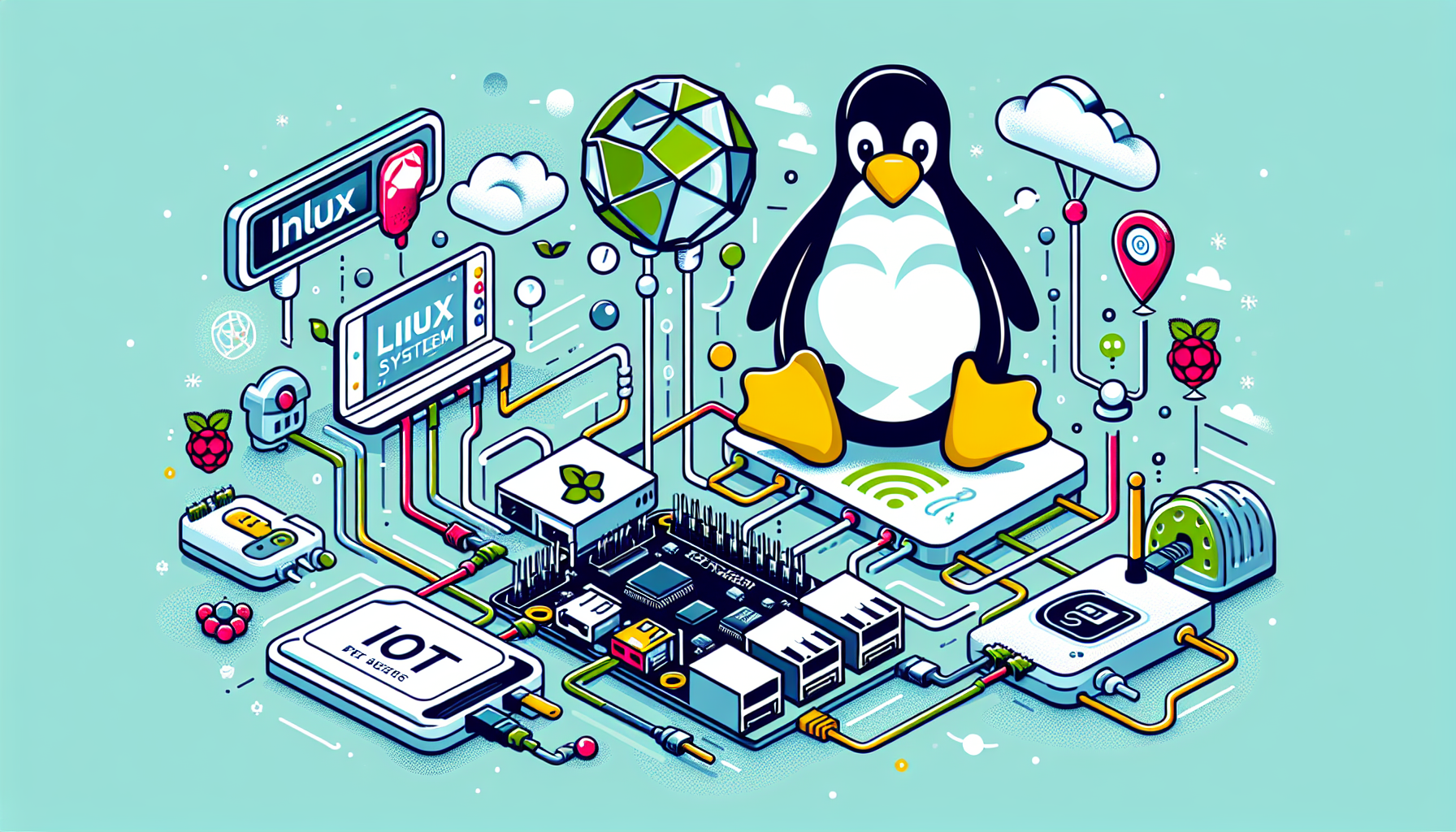Exploring the Capabilities of Linux in Embedded Systems: Case Studies and Development Strategies for IoT Devices
Linux, being one of the most robust, secure, and scalable operating systems, provides a perfect solution for embedded systems, particularly in the realm of Internet of Things (IoT) devices. In this blog post, we will dive deep into how Linux is leveraged in embedded systems, explore various case studies, and discuss effective development strategies for IoT applications.
Why Use Linux in Embedded Systems?
Linux offers numerous advantages for embedded systems development, including:
- Open Source Nature: Freely available source code and a large community for support and development.
- Customizability: Ability to tailor Linux for specific hardware and functionality requirements.
- Long-term Support: Many Linux distributions offer long-term support versions, important for the product lifecycle.
- Robust Networking Capabilities: Intrinsic support for a wide range of networking protocols essential for IoT devices.
- Security Features: Strong security mechanisms such as SELinux and AppArmor.
Case Studies
Smart Home Devices
One of the prevalent uses of Linux in embedded systems is in the domain of smart home devices. Companies like Google and Amazon use modified versions of Linux in their smart home hubs and speakers.
Example: Google Home Hub
- Basis of Design: Android Things, based on the Linux kernel, providing a robust platform for managing smart devices.
- Key Features Developed: Customizable user interfaces, integrated voice controls, and secure device-to-device communications.
Industrial Automation
Linux is extensively used in industrial automation for its stability and support for real-time operations.
Example: Siemens SIMATIC controllers
- Linux Adoption: Leveraging a real-time patched Linux kernel to handle critical automation tasks.
Healthcare Devices
Innovative healthcare devices also benefit from the reliability and security offered by Linux.
Example: Portable Ultrasound Devices
- Linux Use: Ensuring device reliability and data security which are paramount in medical applications.
Development Strategies for IoT
When developing IoT devices with Linux, several strategies ensure effectiveness:
-
Choosing the Right Distribution: Options like Raspberry Pi OS (formerly Raspbian) for simpler devices, or Yocto and Buildroot for a fully custom solution.
-
Security Implementation: Regular updates, using secure boot, and employing robust firewall rules are essential.
-
Hardware Optimization: Tailor Linux build to match the hardware capabilities, reducing overhead and increasing efficiency.
-
Networking and Connectivity: Implement best practices in networking to handle IoT-specific protocols like MQTT or CoAP.
-
Testing and Validation: Intensive testing strategies including stress testing, security penetration testing, and user acceptance testing.
A sample configuration snippet for setting up network settings on an IoT device might look like:
# Set static IP address
ifconfig eth0 192.168.0.100 netmask 255.255.255.0 up
# Add default gateway
route add default gw 192.168.0.1 eth0
Conclusion
The adaptability of Linux makes it a powerful operating system for embedded systems, especially in the IoT sector. By choosing the right Linux distribution and implementing strong development strategies, one can harness the full potential of Linux in creating robust, flexible, and secure IoT devices. Furthermore, the ongoing community support and feature-rich updates ensure that Linux stays an ideal choice for embedded developers.




